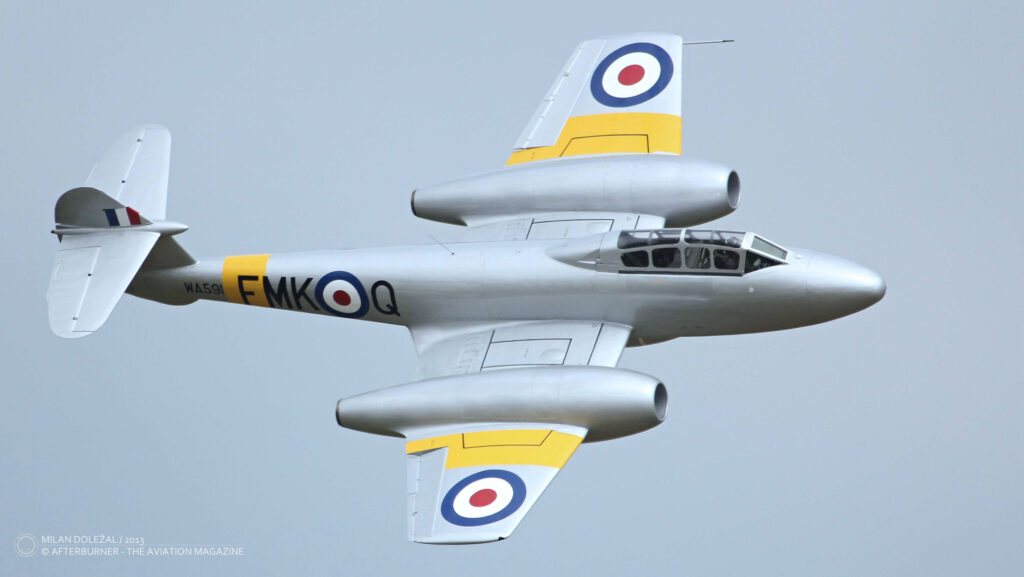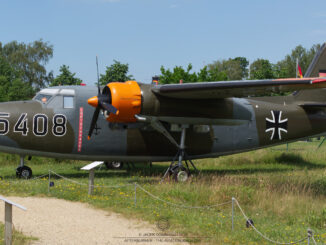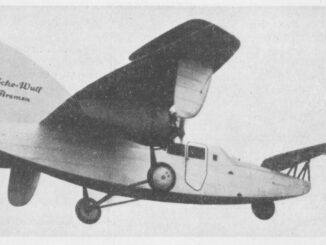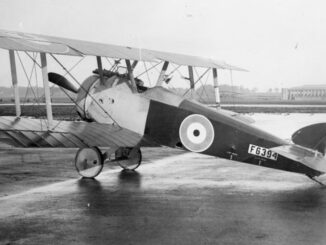 ´Black day´ at the RAF Biggin Hill station, with three crew fatalities and three Gloster Meteor aircraft lost within a few minutes.
´Black day´ at the RAF Biggin Hill station, with three crew fatalities and three Gloster Meteor aircraft lost within a few minutes.
The Royal Air Force station at Biggin Hill was an airfield well known from its role during the Battle of Britain in 1940. In the 1950s, that air base was a home for several RAF fighter units, including the no. 41, the No. 600 and the No. 615 Squadrons, all of them operating Gloster Meteor jets.
Those two latter fighter units were usually considered as the RAF elite squadrons and were driven by a long-lasting mutual competition and rivalry. The No. 600 Squadron (formed 1925) had no less a personage than the Queen Mother herself being its Honorary Air Commodore, whereas the No. 615 Squadron (formed 1937) was commonly nicknamed ´Churchill´s Own´ due to appointing Sir Winston Churchill its Honorary Air Commodore yet in 1939. It must be pointed here that both the Queen and the statesman eagerly joined the competitive thing between those two squadrons.
And that was one of the reasons for 18th June 1951 to be a big day for the Biggin Hill station. On that very day, being both a celebration of Waterloo Day and anniversary of Churchill´s famous ´Finest Hour´ speech, the airfield was visited by Sir Winston Churchill and Princess Elizabeth (soon to be the Queen Elizabeth II), accompanied by high-ranking officers of the RAF. And as it often happens at such celebrations, aircraft from the Biggin Hill took to the air to perform in front of those notable guests.
Initially all aircraft operations went smoothly and nothing could have prepared the base personnel and visitors for the tragedy that occurred a bit later. When Meteors from the No. 41 Squadron were taking-off, one of the fighters sank back onto the runway shortly after becoming airborne. The Gloster Meteor F Mk.8 WB110 ran off the end of the runway and crashed into a bungalow. Its pilot, F/L G. A. McDonald, was killed at the spot and, in addition, the Meteor injured a resident of the bungalow.
It was later investigated that possible cause of this accident was a jet wash from aircraft leading the formation – witnesses of the crash reported several elements of the aeroplane structure to fell off during the take-off.
This tragedy happened shortly before the return of No. 600 fighters to Biggin Hill. During final approach, pilot of the Gloster Meteor F Mk.4 VT281 – being probably distracted by a sight of WB110 crash – did not notice his formation leader is starting to make a port turn and collided in the air with another Meteor F Mk.4, VT275.
The pilot of the Meteor VT275, F/L P. Sandeman, managed to bail out but his parachute did not open. Sergeant K. Clarkson, who was flying the Meteor VT281, was killed in his aircraft.
Within a few minutes, and practically at the same spot, the Royal Air Force has lost three pilots, their aeroplanes and in addition caused injury to the Biggin Hill resident.
That tragic incident caused further fighter jet operations from the Biggin Hill station were called into question. Especially that just a week later another Meteor overshot the runway, nearly crashing with cars passing the Bromley road. Eventually, in 1958, the airfield ceased to be an operational RAF station and soon was turned into a civilian airport.
Pictured, for illustration purpose only, is Gloster Meteor T.7 (WA591) – photo by Milan Doležal, 2013.



